Eco-Friendly Lightweight Concrete is the Technology of The Future
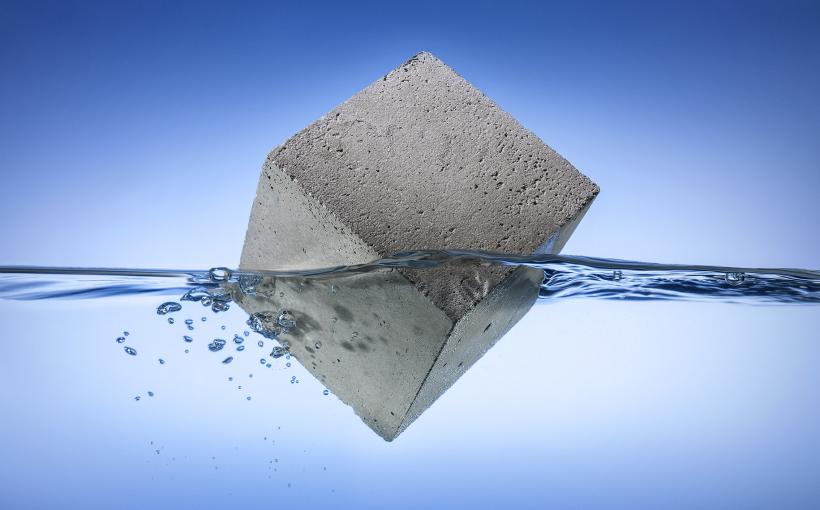
There are two types of lightweight concrete technology in the world today: Autoclaved Aerated Concrete (AAC) and Cellular Lightweight Concrete (CLC). Both of these technologies are based on the principle of putting air bubbles into the mortar to reduce weight while improving product quality. The difference between autoclaved aerated concrete and aerated concrete is in the mode of foaming.
#1 Autoclaved Aerated Concrete - AAC
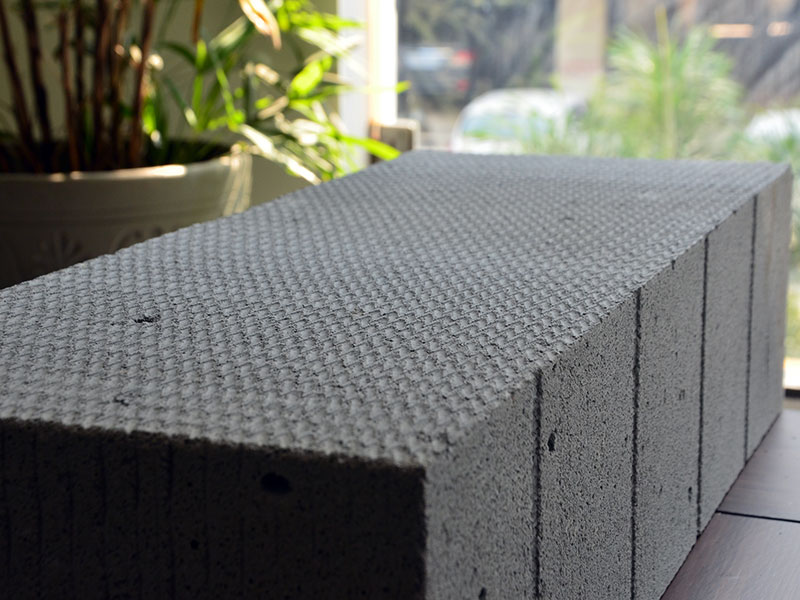
The autoclaved aerated concrete, also known by its short name - AAC was invented in Europe in the 1920s to serve the needs of the war-burial structure industry. A light, prefabricated construction material that can be produced on a large scale proved to be the ideal solution during this time. AAC raw materials usually include quartz sand (finely ground), lime, gypsum, cement, water and aluminium powder. Typical aerosol is aluminium powder used about 0.39kg for density 600kg / m3.
After mixing raw materials, some chemical reactions take place. First, aluminium powder reacts with Ca (OH) 2 and water. Result of this reaction is the formation of H2 gas which acts as a mixed gas foaming agent. At the reaction area, more and more gas is released, making the mixture gradually increase in volume. Finally, the batch can increase its volume up to 5 times depending on the amount of added aluminium powder. This stage of the production process ends with H2 being replaced by the void as it escapes into the atmosphere.
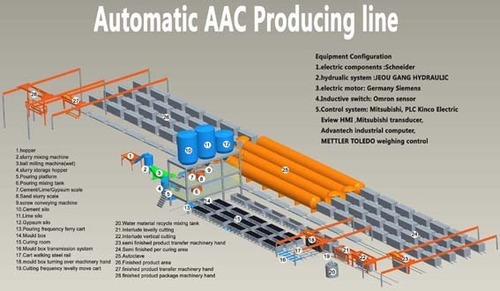
The second reaction took place later in this process. After the material has been mixed and the volume is finally reached it becomes hard and is cut into blocks using a wire cutter. It is then placed in an autoclave, where the second reaction takes place. Under the temperature and high pressure inside the Ca (OH) 2 pot reacts with quartz sand to form calcium silica hydrate, which is a high-strength hard crystalline structure. This process can take up to 12 hours, during which the pressure can reach 12 bar, while the temperature always reaches 1800 0C. After this time, the material is ready for use.
Product features:
- usually white,
- density from 400-800kg / m3,
- 4-6 N / mm2 compressive strength,
- water absorption 30-35%,
#2 Cellular Lightweight Concrete - CLC
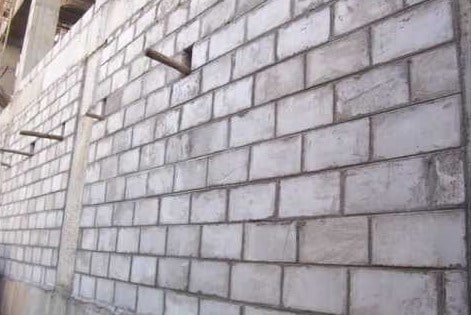
Aerated concrete was invented in Europe in the 1960s, a fairly simple and flexible technology that can be produced anywhere with anyone who requires only foaming agents, cement, and sand. water is enough. Therefore, it has been widely used around the world in many different applications. Foam concrete production technology is significantly different from AAC production technology.
The most important ingredient is foam, which determines the production cost of the material. The type of foam needed to produce popular foam concrete today is a solution of two types:
- The first type is the type of animal protein which is environmentally friendly, 1 liter of material can create about 500 liters of foam, this type of product has high compressive strength suitable for light brick production.
- The second type is synthetic, this type has a higher foaming efficiency, 1 liter of material makes up to 800 liters of foam, but this type gives a product with a high compressive strength that is not only suitable. to produce more than 1200kg / m3
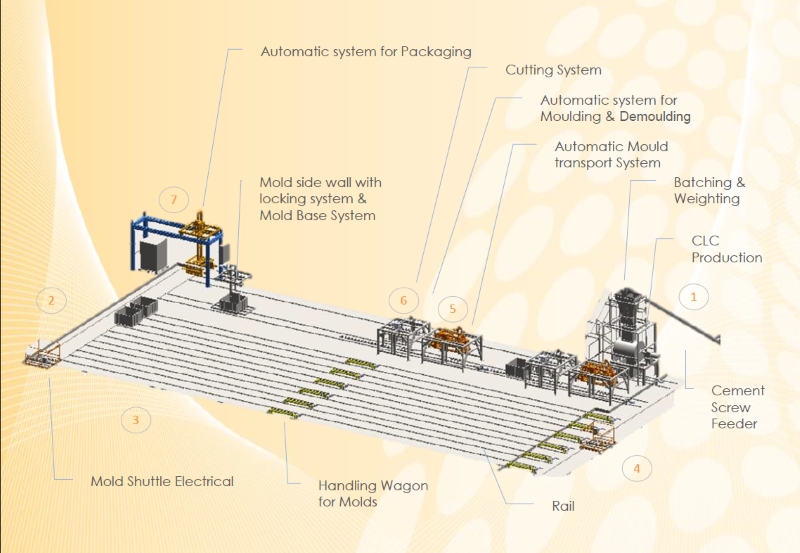
The foaming agent is mixed with water at a rate of about 2.5% to 3% and supplied to a foaming machine to create a soap-like foam that has a density of about 50-80g / liter or in other words 50 -80kg / m3. When cement, sand, water and foam are mixed in a specialised mixer, it will create a light, highly diluted mixture and then mould the product.
The main advantage of foam concrete is that it does not require large, expensive equipment for production processes. In fact, it is often produced directly at the construction site using relatively simple equipment, while AAC can only be produced under fixed construction vehicles (manufactured at the factory). .
Product features:
- usually gray in color due to high cement content, d
- ensity of 600-1000kg / m3,
- compressive strength according to standard 20 -35N / mm2
Read More About Other Eco-Friendly Building Materials:




